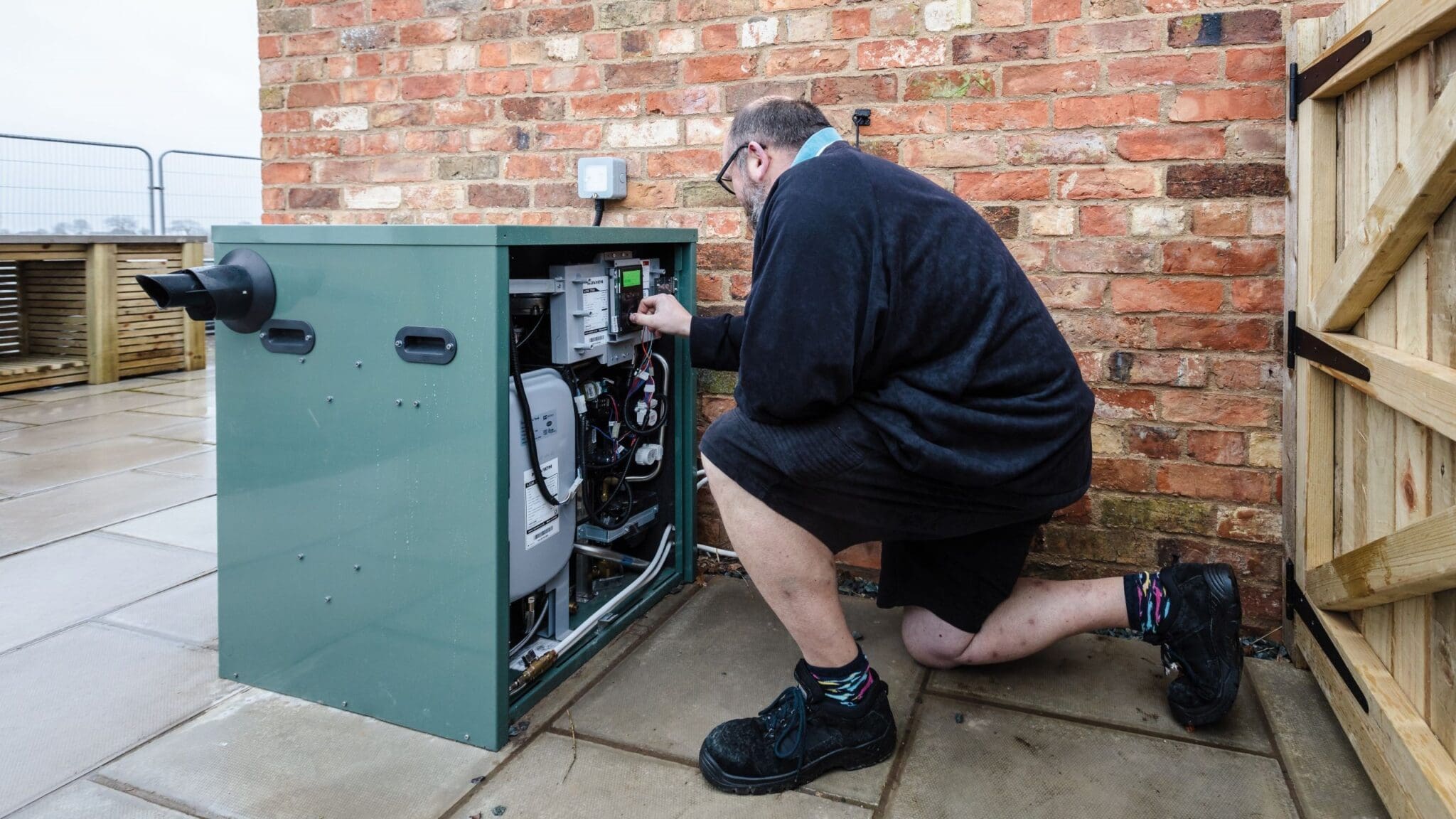Navien explores a key solution for a cleaner future.
Navien explores a key solution for a cleaner future.

As the world seeks viable fuel alternatives to combat climate change and reduce carbon emissions, the plumbing and heating sector plays a crucial role in setting the standard towards a more sustainable future.
With liquid fossil fuels, such as kerosene, being a major contributor to environmental pollution, those working in the trade must explore cleaner and more sustainable alternatives for customers.
This is where Hydrotreated Vegetable Oil (HVO) emerges as a key solution for a more sustainable option.
One heating appliance and boiler manufacturer that sees HVO as an attractive, future -proof proposition for the industry, is Navien UK. In this article, Barrie Wilson, National Business Manager at Navien UK, shares the experience of an installer from Birch (Lincs) Ltd who recently completed a project using Navien’s innovative HVO solutions, and explains the benefits the solution is set to bring for the end user.
This project, set on a rural estate, has multiple properties catering for staycations – a total of 12 high-end renovated holiday lets and rental properties.
Two of these properties are now fully complete – a one-bed, one-bath, previously derelict, refurbished barn and a two-bed, one-bath farmhouse annexe which was previously a garage with an oil boiler.
While these leisure properties are not very large, all need to be liveable, affordable, and aesthetically pleasing and, importantly for the owner, commercially viable. It was also particularly important to the owner that a sustainable solution was used for the two properties.
Air source heat pumps are an excellent choice for some properties, especially those that are already energy efficient or where they are installed as part of a larger renovation project. In this particular case, there are a few key aspects that influenced the installer to recommend Navien’s HVO solution instead of a heat pump for these two rural properties.
The farmhouse and annexe were refurbished to a very high specification, such as quality thermal insulation and, while heat pumps would technically work, they would not meet the owner’s requirements for commercial viability for the properties due to the high upfront install cost.
Heat pumps also require a lot more space than an oil boiler and the owner found them less appealing aesthetically for these properties. A combi boiler, on the other hand, is compact as well as space-saving as there is no need for a bulky hot water cylinder.
Lastly, aged farm buildings aren’t always suitable for retrofit which could make it difficult for air source heat pumps to work with the efficiencies required.
Faced with these type of challenges HVO works well in rural properties as it does not infringe on space, does not affect the look and feel of a property, and is much easier to retrofit. HVO can be substituted into an existing system with minimal work for the installer.
Taking everything into consideration, the installer suggested the external version of Navien’s LCB700 Blue Flame HVO-ready Oil boiler and an HVO tank for both properties. The LCB700 is the only oil boiler with a flow adjustment valve and auto-mixing valve to deliver hot water without temperature fluctuations.
Being well-versed in working with oil, the installer and fitters for this project found the installation to be seamless and much the same as working with standard kerosene fuel.
Once the installation was completed, the property owner was very happy with the performance of the HVO solution, despite initial concerns about the cost and availability of HVO.
Although it is a more sustainable solution, HVO currently sits at around 10% to 15% more than the price of traditional fuel and is not available from all liquid fuel distributors. Currently, there are calls for the Government to incentivise the use of HVO through a renewable liquid heating fuel obligation so that it can achieve price parity with kerosene which would encourage a rapid adoption of this low carbon solution.
Given that HVO is easy to transition to, the work required by the installer is less time-consuming and existing systems cope with the change, embracing HVO is, arguably, “a no-brainer”.
From a customer’s point of view, air source heat pumps can be viewed as a “scary and mystical new technology”, whereas HVO is “old tech with new fuel”, which makes it a simple step-change and one that is easy for installers to explain and for customers to understand.
Ultimately, HVO gives customers ease of mind at a time when it can be difficult to keep up with all the developments in renewable technologies.
Jason Birch of Birch (Lincs) Ltd commented “I believe that we shall use HVO again in the future. The only issue now is availability but, hopefully, with it being a more sustainable energy source, more legislation will be passed so that the distribution companies have more of a call for it.
“HVO’s renewable nature definitely impressed the customer on this project. And I think that, in my area, it will be a very popular product.”
© 2025 Created by Euromedia Associates Ltd